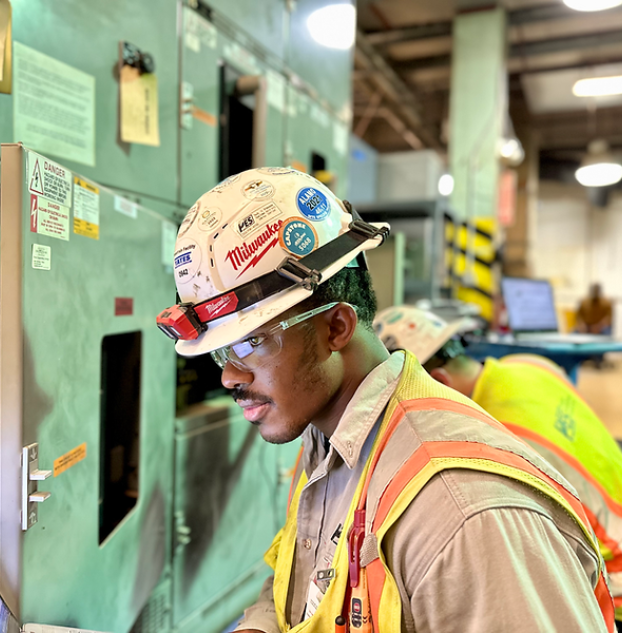Take Full Advantage Of Effectiveness and Accuracy: Engineering Support for Setting Out, Gauged Building Surveying, and Topographical Studies
Wiki Article
Maximizing Source Allotment With Strategic Evaluating Practices
In the realm of calculated source allowance, the practice of checking stands as a crucial device for companies aiming to enhance their effectiveness and effect. By systematically collecting insights and information, calculated evaluating techniques provide a roadmap for informed decision-making and resource distribution.Significance of Strategic Evaluating Practices
Strategic surveying practices play a vital duty in determining the efficient appropriation of resources within companies. By carrying out tactical surveys, companies can collect valuable information and insights that help in making informed choices concerning the appropriation of resources such as time, spending plan, and workforce. These techniques supply a structured technique to recognizing the present state of the company, identifying areas for renovation, and aligning sources with calculated objectives.One essential relevance of strategic surveying techniques is that they help companies prioritize their campaigns based on real-time comments from stakeholders. This makes certain that resources are routed towards projects or tasks that have the greatest impact on achieving organizational purposes. Additionally, critical studies make it possible for business to adapt to altering market problems, consumer choices, and inner abilities by continuously monitoring and evaluating resource allotment methods.
Gathering Insights From Stakeholders
Incorporating comments from stakeholders is important for organizations executing tactical surveying methods to properly assign sources and drive decision-making procedures. Stakeholders, consisting of workers, clients, providers, and community participants, hold beneficial understandings that can dramatically influence the success of tactical initiatives. Topographical Surveying. Engaging with stakeholders via studies, interviews, emphasis groups, and feedback sessions permits organizations to gain a much deeper understanding of their requirements, problems, and choicesBy gathering understandings from stakeholders, companies can determine vital areas for renovation, prioritize resource allotment based upon actual needs, and align calculated goals with stakeholder expectations. Involving stakeholders in the decision-making procedure cultivates a sense of possession and dedication, leading to increased buy-in and support for critical initiatives.
Moreover, stakeholders often provide one-of-a-kind perspectives and innovative ideas that may not have actually been considered internally. By actively paying attention to and including stakeholder responses, organizations can boost their tactical surveying methods, make even more enlightened decisions, and inevitably achieve better outcomes.
Utilizing Data-Driven Approaches
Using data-driven methods is extremely important for organizations seeking to improve the performance of their source appropriation approaches and decision-making processes. By leveraging data analytics and advanced technologies, organizations can remove valuable insights to enhance resource allotment, identify trends, and make informed choices. Data-driven techniques allow companies to designate resources based on empirical evidence rather than instinct, bring about extra reliable and efficient results.
Additionally, organizations can use anticipating analytics to anticipate future resource requirements and allocate sources proactively. Engineering surveys. By leveraging historical data and pattern analysis, companies can anticipate demand changes and change their resource allocation approaches appropriately. In general, embracing data-driven techniques equips companies to make educated decisions that make best use of resource allocation effectiveness Our site and drive sustainable development
Identifying Areas for Renovation
Determining locations for improvement is a vital action in the procedure of making the most of source allocation. By acknowledging where bottlenecks or inefficiencies exist within the organization, decision-makers can route resources towards attending to these certain locations.One reliable approach for determining areas for enhancement is performing routine efficiency assessments across different departments or functions. With these evaluations, organizations can gather important insights into areas that require attention or restructuring. Furthermore, seeking comments from staff members at all levels of the company can provide an unique perspective on potential areas for enhancement.
Furthermore, utilizing devices such as procedure mapping, SWOT evaluation, and benchmarking can help in determining locations for enhancement by highlighting staminas, weaknesses, opportunities, and hazards within the company. By methodically checking out these variables, setting out engineer services organizations can develop an extensive understanding of where resources ought to be assigned to drive performance and efficiency.
Practical Tips for Execution

Final Thought
To conclude, strategic surveying practices play a vital duty in optimizing source allowance by collecting understandings from stakeholders, making use of data-driven strategies, and recognizing locations for enhancement. Executing functional ideas for efficient surveying can result in more informed decision-making and maximized source allowance strategies. By focusing on critical evaluating methods, organizations can ensure that sources are designated effectively and effectively to meet their objectives and goals.In the realm of critical resource allowance, the technique of checking stands as a pivotal tool for organizations aiming to maximize their effectiveness and effect.Strategic surveying methods play a critical role in determining the reliable allotment of sources within organizations.Including comments from stakeholders is important for organizations applying calculated surveying methods to effectively designate sources and drive decision-making processes.Moreover, organizations can utilize anticipating analytics to forecast future source needs and allot resources proactively. By focusing on strategic checking techniques, organizations can make sure that resources are allocated effectively and efficiently to satisfy their goals and objectives.
Report this wiki page